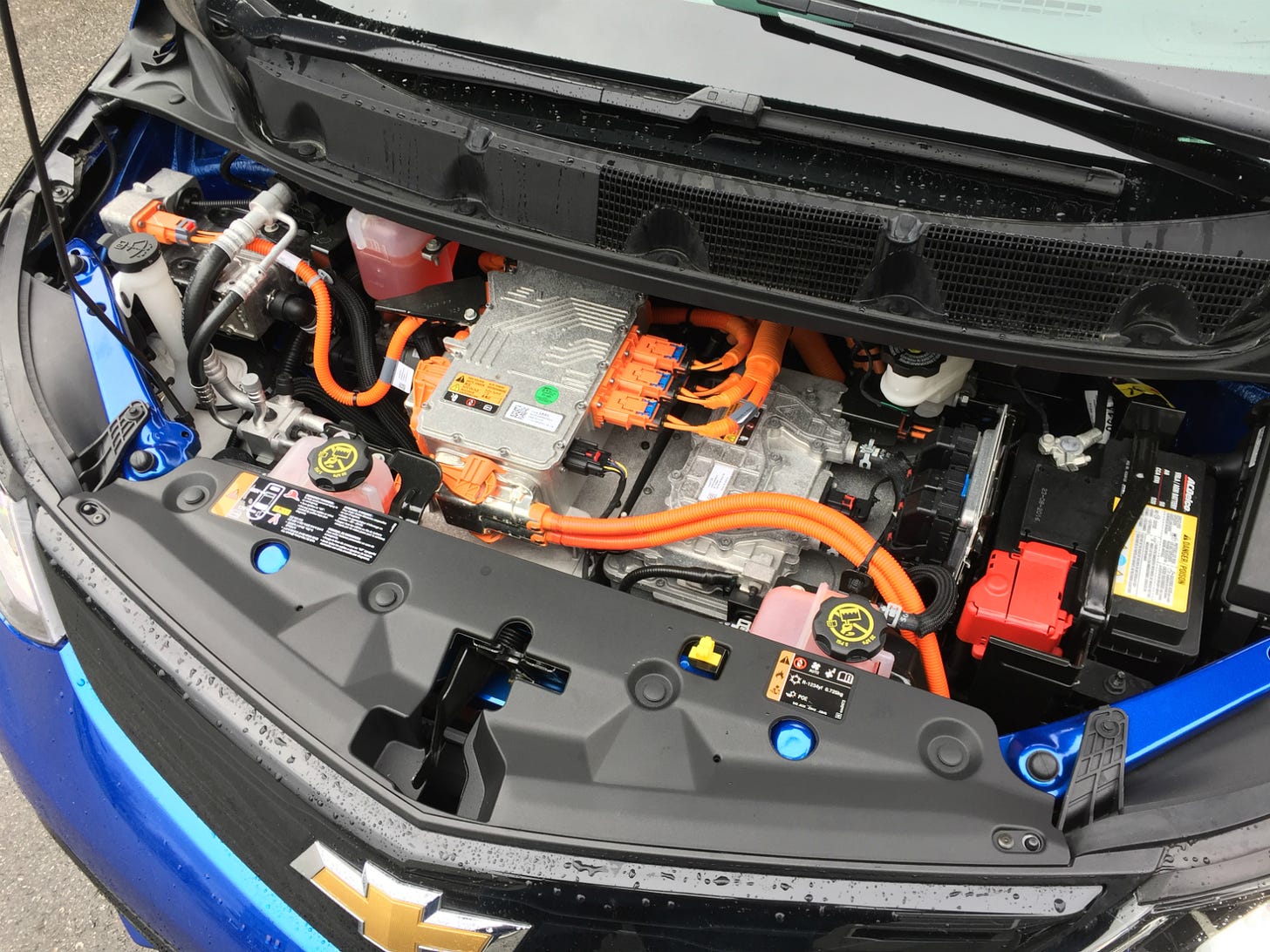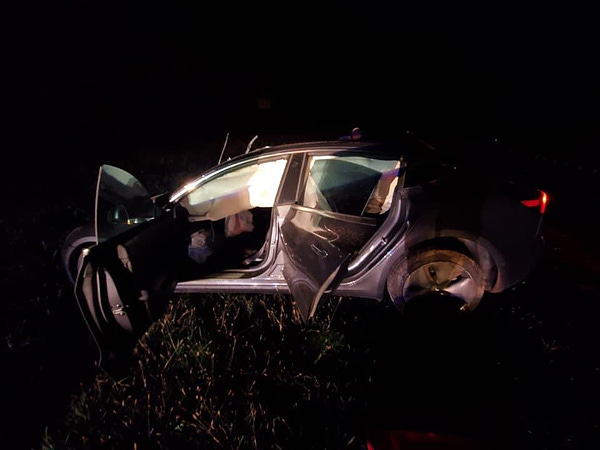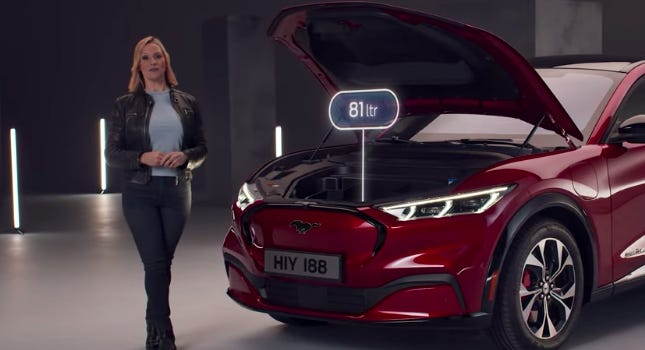EV Safety Features Fly Under the Radar
This post discusses EV car safety features, ratings and, of course, the frunk! And discusses how safety information is being passed on to car buyers.

The bi-monthly Plugged In newsletter delves into current EV owners’ knowledge and parlays this information into guides, video reviews, explainers and podcast interviews! Subscribe to Plugged In, follow on Twitter or find out what are the 3 essential components to an EV road trip.
Many surveys suggest that most electric vehicle (EV) buyers either 1) love new car technology, 2) enjoy substantial cost savings due to lower maintenance/fuel 3) or want a transportation solution to address the environment. I fell into the first and third category when I purchased my EV in 2013, but many consumers find EV safety features after they purchase an electric vehicle. Moreover, this topic does not get a lot of attention and its influence may be rising due to social media shares.
So what should consumers look for when it comes to EV safety features and which recent EV models hit the mark?
In 2012, I was at a SAE Hybrid/EV conference and came across Strategic Vision’s presentation on car buying and it cited that “security and trust” are essential needs for consumers.
One area that is not readily apparent when it comes to security and trust is the front storage compartment in many new EVs. Most consumers are bemused by the storage space under the hood, called a frunk by Tesla.
This feature is another change when moving from gas to electric. The front storage space absorbs energy during crashes, especially head-on, and the lack of an engine block removes the possibility of it moving into the cabin.
See below (she walked away from this crash):





There’s no standard definition of the front storage space or compartment. What makes it frunk? However, the safety ratings for the new EV models tell the story.
In 2019, The Insurance Institute for Highway Safety (IIHS) gave the Chevy Bolt its Top Safety Pick due to its good ratings for five crashworthiness evaluations — the driver-side small overlap front, moderate overlap front, side, roof strength and head restraint tests. The car received the top safety pick after making changes to its poor headlight rating.
>> Related Content | Tesla’s Safety Record is Growing
These recent models have sizable frunks: Jaguar i-Pace, Tesla’s Model 3 & Y and Ford’s new Mach-E Mustang. Besides the Bolt’s Top Safety Pick, the 2021 Audi e-tron and its 222 mi-battery has a 5-star rating from NHTSA and so does the 2021 Model X and Model 3 from Tesla.

Automotive ratings are provided by two organizations in the U.S.: National Highway and Traffic Safety Administration (NHTSA) and (IIHS) mentioned above.
Marketing Safety by Tesla
Tesla’s innovation is one of the reason for its devoted followers and the company also prides itself on its safety ratings. The company’s produces components and equipment under the umbrella of vertical integration — the company’s builds its own seats & wrote its own enterprise resource planning softeware.
As part of this business model, Tesla created its own alloy for its cars and part of the reason for it was safety considerations, namely elongation properties.
Back in 2018, Madan Gopal, functional lead and principal safety engineer, touted the another new achievement.
“Tesla came up with the lowest probability of injury metric, which is part of the new U.S. Car Assessment Program (NCAP) rating,” said Gopal. “The Model 3 has the lowest probability of injury and there are a total of 900 plus vehicles since 2011 that have been rated.”
Plus, the company is trying to weave Full Self Driving (not ready, maybe late 2021) into their safety marketing spiel.
So will consumers starting trusting EVs on a bigger scale due to awareness of safety features?





